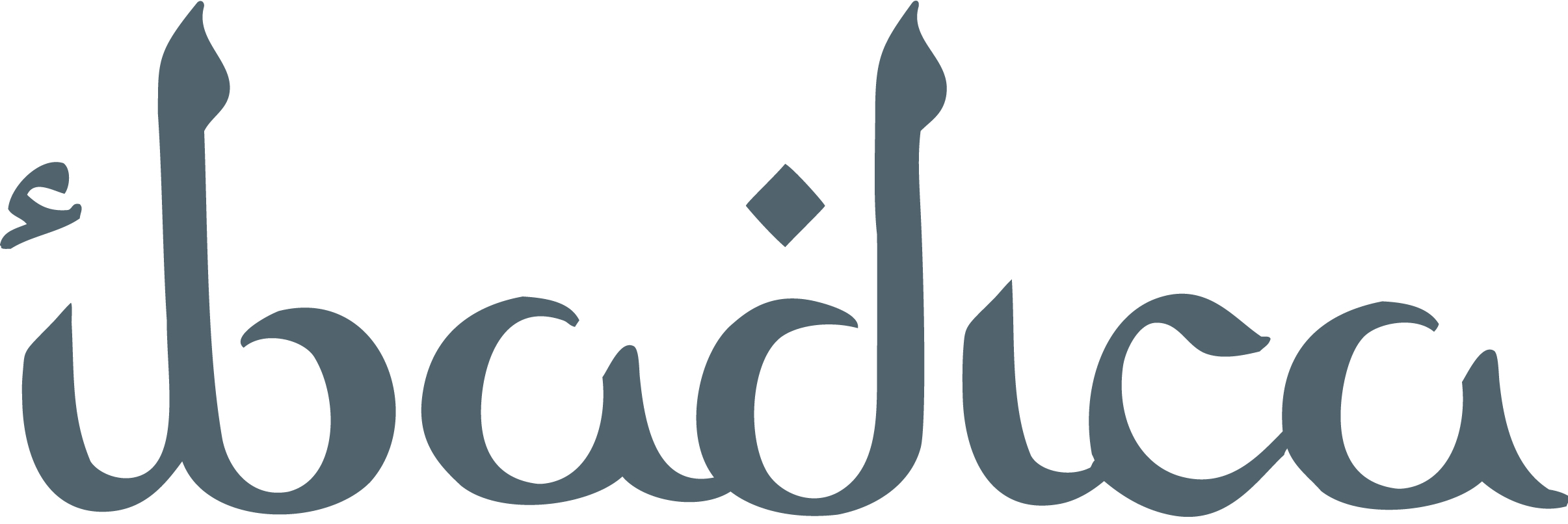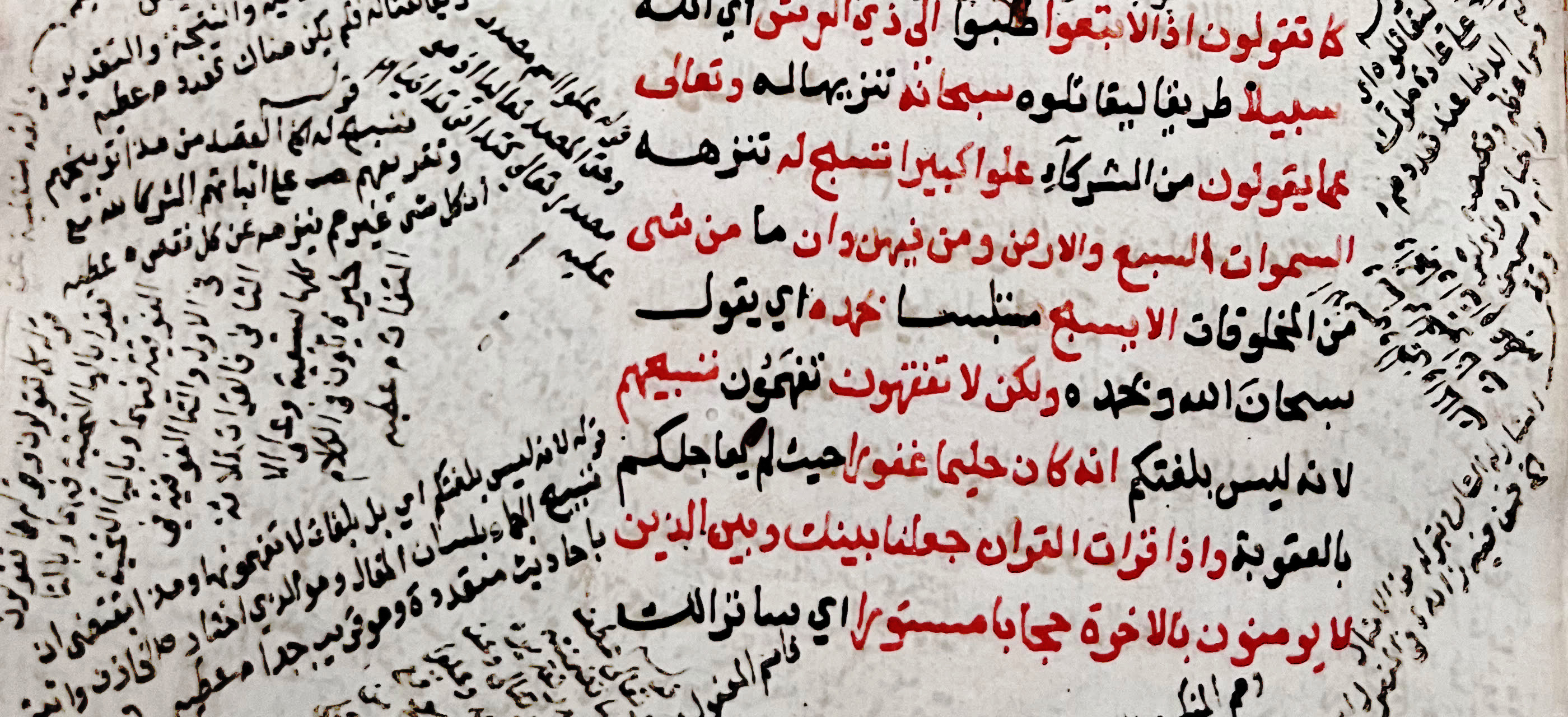Deep and machine learning methods for the (semi-)automatic extraction of sandy shoreline and erosion risk assessment basing on remote sensing data (case of Jerba island -Tunisia)
Contenu
- Titre
- Deep and machine learning methods for the (semi-)automatic extraction of sandy shoreline and erosion risk assessment basing on remote sensing data (case of Jerba island -Tunisia)
- Date
- 2023
- Résumé
- Against the backdrop of the environmental crisis, the socio-economic, ecological and cultural importance of the coastal zone calls for greater awareness of how coastal resources function, evolve, are managed and enhanced. This study aims to develop a high-performance (semi-)automatic coastal monitoring method based on Landsat-5 and Sentinel-2 multispectral satellite images for spatiotemporal analysis of shoreline changes and erosion risk assessment along Jerba Island (Tunisia) using remote sensing data and geospatial tools. A comparative study between the band ratioing (BR) method and the pixel-based image analysis (PBIA) and object-based image analysis (OBIA) methods has led to the development of machine learning (ML), random forest (RF), deep learning (DL) and convolutional neural network (CNN) algorithms. Using these classification methods, 15 different shorelines were successively detected in 1989, 2015 and 2023 and then compared with a digitized reference shoreline from the Landsat-5 and Sentinel-2 images. Following a quantitative evaluation, the accuracy of the classification model shows that the combined CNN-OBIA approach provided the least accurate results, with an overall accuracy (OA) index of 67%, while the OBIA-RF classification method provided the most accurate results (OA of 95%). This comparative study identified an accurate and improved extraction method for quantifying changes in the position of the shoreline on the east coast of Jerba Island, enabling managers to make better decisions on coastal protection and adaptation to climate change.
- Sujet
- Géologie -- Djerba
- Langue
- eng
- volume
- 32
- pages
- 101084
- doi
- 10.1016/j.rsase.2023.101084
- issn
- 2352-9385
Position : 4817 (41 vues)

